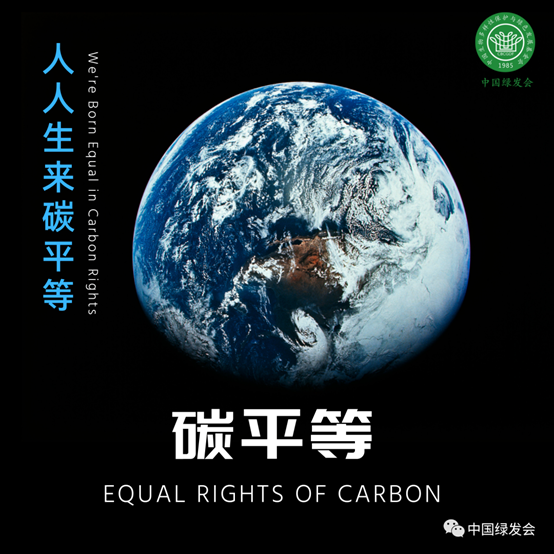How to divide carbon credits and how to use carbon credits is very important.
Europe believes that coal-fired power is costly and prohibits imports. This idea has not been straightened out yet. We must use market economy methods, not simple action methods, to adjust the development and layout of the industry to promote reasonable carbon trading. For example, the transmission and use of electricity is also global. To calculate the economic value and use value of electricity, we must ensure the lowest carbon emissions and achieve the highest carbon reduction through global collaboration. This is the spirit of a community with a shared future for mankind. Advanced collaboration is not a division. Advanced collaboration is to consider the economic value of industrial civilization as well as carbon rights. This is a scientific world management mechanism.

The terminal management of carbon trading should be the responsibility of the government. The government will purchase bidding, such as bidding for car purchases. Carbon is an important indicator. Buy low-carbon cars, low-carbon electricity, etc., manage from the end of use and consumption, and force companies to continue to improve. Because of high economic costs and high carbon costs, companies will lose the terminal consumer market.
Carbon data should be detailed. Everyone’s carbon rights, eating, dressing, and using air-conditioning are all carbon emissions. There is currently a calculation method for global per capita carbon. This calculation method is incorrect. For example, they use China’s per capita GDP and per capita power generation to calculate China’s per capita carbon emissions. This is a big mistake, because although China produces a large number of cars, however, many cars are transported to Cambodia and other countries. This is not China's per capita carbon emissions. Per capita carbon emissions should be calculated on the consumption side, minus the carbon exported by the product. This method is called Equal Rights of Carbon. On this basis, we can carry out fair trade, cooperative division, and achieve the global carbon emission reduction.
For carbon trading and issuing carbon credits, different provinces have different credits. It is wrong to judge the credits based on history. We should judge the carbon credits based on what: For example, if the electricity from Shanxi power plants is transported to Hebei, the power plants emit a lot of tons of carbon a year, but the electricity they generate is used in Hebei. So it’s unreasonable to count them as Shanxi’s carbon credits. For example, some provinces do not generate electricity and need to go to other provinces to buy it. There is still carbon demand and emissions. Therefore, it is unreasonable to calculate the amount of carbon from the production end, and the amount of carbon used at the use end should be calculated.
On the basis that carbon equality is fully respected, the individual can reduce carbon, so as to effectively control the end of use, the carbon market can be healthy, and the management of demand can be more scientific.
Everyone is born carbon equal. This equality is reflected in two aspects: one is carbon rights, that is, our carbon emission rights should be equal, including everyone's carbon emission rights for eating, driving, dressing, and housing. The second is carbon responsibility, that is, everyone has a common responsibility for carbon reduction.
Carbon equality does not mean carbon equity. Under the environment of carbon equality, provinces and cities should calculate the amount of carbon based on the resident population and per capita carbon, and set the quota. Everyone should have a carbon account to calculate personal carbon consumption. Use mathematical methods to calculate and use the concept of calculus to accumulate personal carbon emissions. In this way, the carbon rights of the provinces are allocated, so that the national carbon emissions are equal. Although the emissions of each province are different, the responsibilities are the same. Only in this way can everyone make the greatest contribution and achieve the greatest effect of carbon reduction.
Author: Qingyuan
Translator: Estella
Original Chinese article:
Contribution
https://www.paypal.me/CBCGDFChina
http://www.cbcgdf.org/English/ConfirmDonaTion/0.html
